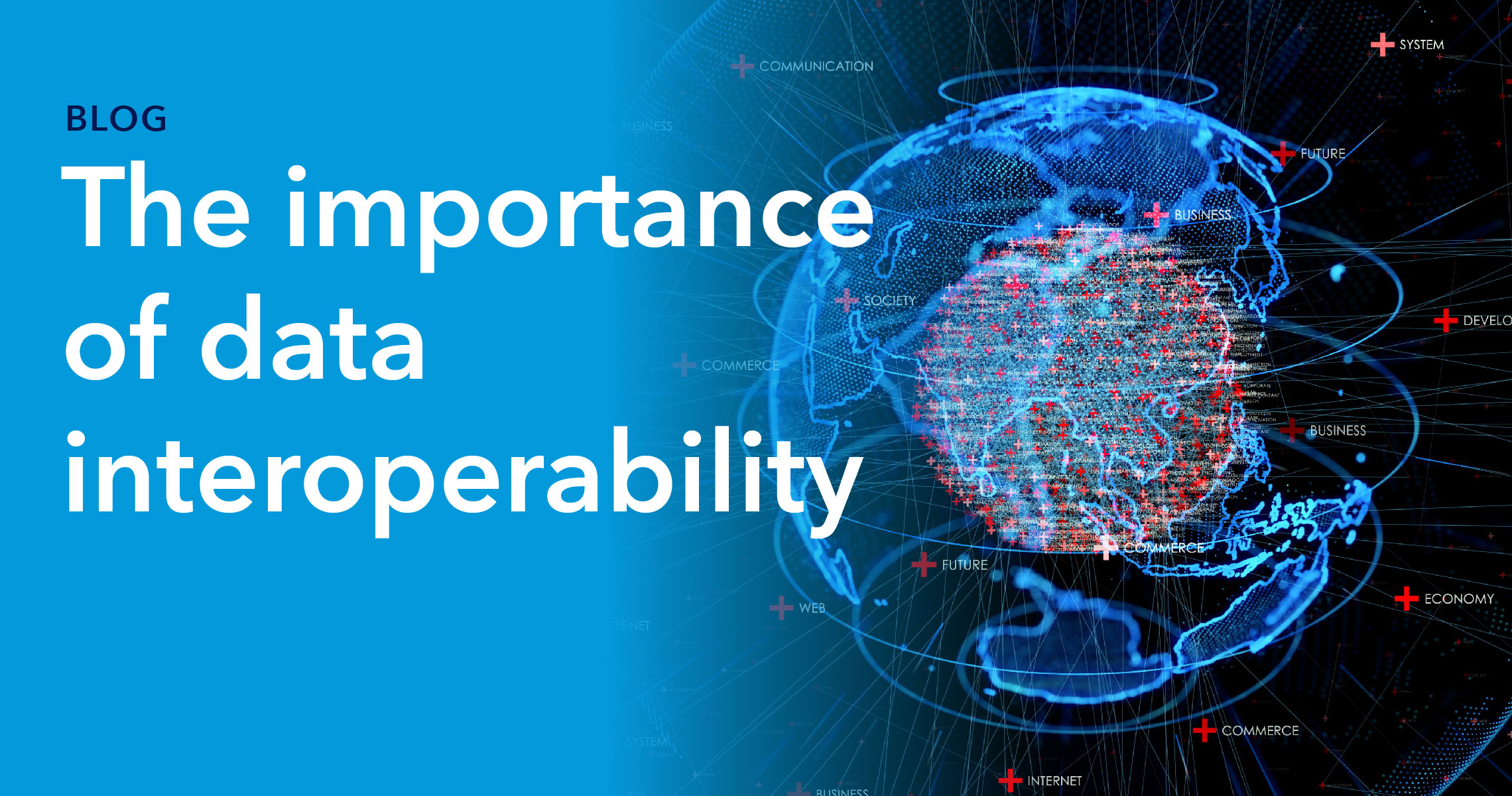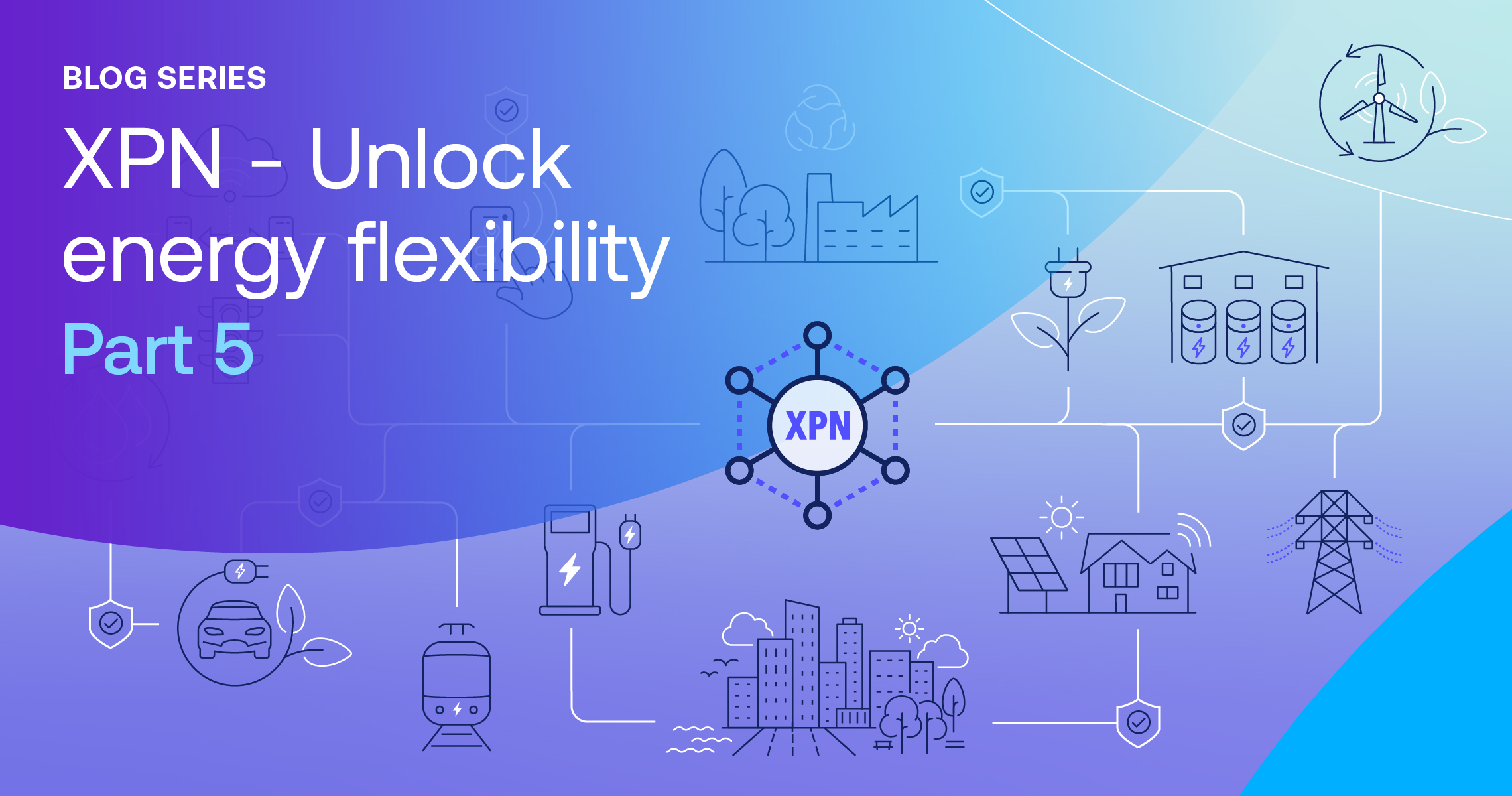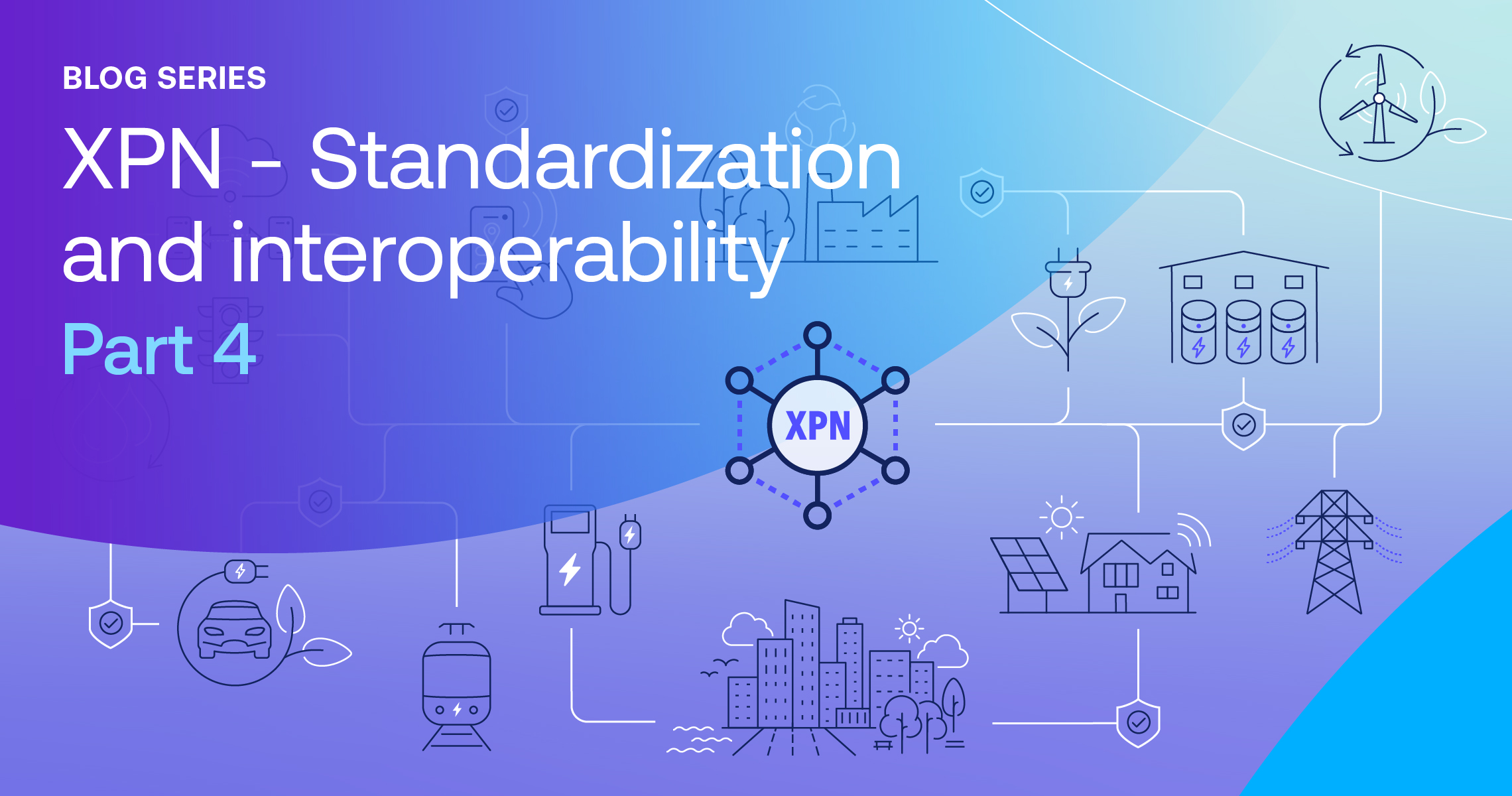More data is being produced and collected than ever before. Global data is expected to double from 74 to 149 zettabytes between 2021 and 2023, while enterprises presently collect just over half of the data available to them. On an enterprise level, properly leveraged data can have a huge impact on business functions such as:
- Market analysis
- Sales forecasting
- Resource usage
- Risk management
- Customer identification
Enterprise data is a high-value asset that can help maximize revenue across an organization. But to do so, it needs to be used properly. Many organizations are still in the first or second stage of data maturity. In this phase, they realize the importance of collecting and storing data as well as their potential uses but have yet to perfect data storage and analysis to exploit its full potential throughout their business.
Many of the biggest obstacles preventing organizations from maximizing their data can be traced to data interoperability, which manifests itself in a variety of forms we’ll take a closer look at below.
Data interoperability challenges facing organizations
Data interoperability is when data in diverse formats and from different locations can be unified and used together. For many organizations, achieving data interoperability is a highly complex task. Understandably, a lack of data interoperability presents major challenges to using data effectively.
Here are the biggest data interoperability issues faced by organizations:
1. Data residing in multiple locations
There are a few options available to organizations when it comes to data storage, each with pros and cons in terms of cost, speed of analysis, and access control. The most common types of data storage are:
- On-premises
- Public cloud
- Privately-hosted cloud
- Hybrid storage
As an organization’s data collection grows, variances in the types of storage can create data interoperability issues, particularly when the time comes to integrate and analyze various datasets. The time and expense involved can put significant pressure on an organization’s IT resources and reduce its return on data investment.
2. Access and policy management over varied datasets
Data security and access present a major regulatory risk for all organizations. Legislation such as the European Union’s GDPR and the Californian CCPA lay out strict rules for how the data an organization collects can be used and shared. At the same time, data breaches have significant costs to an organization’s bottom-line and reputation.
In order to deliver value, data often needs to be shared, either with different internal departments, external collaborators, or third-party analytics firms. Once data interoperability is achieved, access control and governance policies can be consistently implemented across an organization. This way, data maintains its functionality, is kept secure, and complies with relevant legislation.
3. Integration of data between sub-organizations
The siloed nature of a dispersed data storage infrastructure causes data interoperability problems due to the variation in formats and third-party data service providers. For analysis to be performed in this situation, data would need to be cleaned, migrated to a single location, and made uniform. This process is not only slow and cumbersome, but costs more in terms of storage, maintenance, and administration.
As can be seen, data interoperability, and the lack of it, has a major impact on business operations, including:
- Delays in business intelligence (BI) reaching the right people at the right time
- Costs of cleaning and transferring data for analysis
- Higher storage costs from data duplication
- Difficulty in enforcing data governance increases regulatory risk
- Dispersed locations and access controls can elevate the risk of security breaches
If data is to deliver on its value as a business asset, these challenges need to be overcome and true data interoperability needs to be achieved across the organization.
The solution to data interoperability
Data virtualization infrastructure, like the Intertrust Platform, locates and integrates data in a new virtual data layer for its desired purpose, making it an ideal solution to many of the challenges presented by data interoperability. Data virtualization works by creating connectors between different sources of data, whether on-premises or cloud, allowing queries to be run regardless of different locations, geographies, or organization groups.
For business operations, the advantages are clear. Since there is no need to copy or transfer data for analysis, costs are reduced and the velocity of business intelligence to decision-makers who need it is increased. There are also significant benefits in terms of security and access control, as each container is a secure execution environment. This allows the data owner to set fine-grained access controls, enabling safe collaboration and data sharing.
Conclusion
The use of a virtualization layer overcomes challenges posed by lack of data interoperability and helps businesses maximize the value gained from data assets. Functioning as a complement to data storage, data virtualization enables an organization to bypass costly, time-consuming integration processes and keep its data wherever it currently resides.
The Intertrust Platform provides a single point of management for the entirety of an organization’s dispersed data assets, allowing them to be integrated and utilized quickly. It also delivers greater security over data assets and row-level control of what can be seen, queried, and taken outside of the specific context, helping ensure regulatory compliance and reduce risk.
To find out more about how the Intertrust Platform enables data interoperability and helps organizations maximize data value while improving security, you can read more here or get in touch with our team.
About Abhishek Prabhakar
Abhishek Prabhakar is a Senior Manager ( Marketing Strategy and Product Planning ) at Intertrust Technologies Corporation, and is primarily involved in the global product marketing and planning function for The Intertrust Platform. He has extensive experience in the field of new age enterprise transformation technologies and is actively involved in market research and strategic partnerships in the field.




